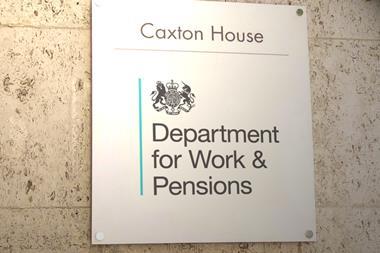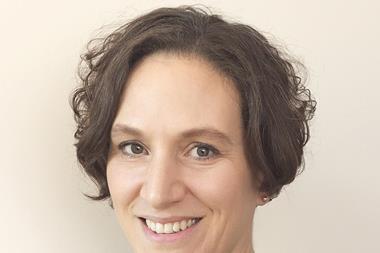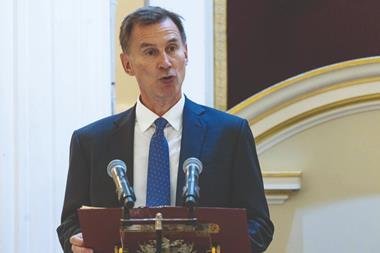Pensions industry officials speaking at the Pensions and Lifetime Savings Association’s (PLSA) investment conference this week said the main barrier to consolidation is the challenge of replicating benefit structures of defined benefit (DB) schemes.
Carol Young, chief executive officer of Universities Superannuation Scheme (USS), said pension funds need to find ways of making good use of scale and size of bigger schemes, as there are still barriers preventing consolidation such as meeting the benefit needs of schemes.
“We need to think about whether it is possible in some way to harmonise benefits because if all you do is bring together what’s effectively a huge multi-section scheme and you still need to administer each one in line with its own benefits, that could be a barrier to unlocking the advantage of true consolidation,” she explained.
Independent analyst Toby Nagle pointed out that in a consultation launched last Friday, the Department for Work and Pensions (DWP) acknowledged that it would be “very complicated” for small schemes to have their benefit structures replicated, saying this would be a “barrier” to buyout.
He pointed out that as a result, DWP was consulting on there being a “choice of small selection of fixed benefit structures that [schemes] can consolidate into”.
“If you are a buyout insurer, that’s one of the three things that is impeding your business plan – illiquids, benefit assessment and replicating that, and administration of data,” Nagle said.
He pointed out that DWP’s consultation stated this would only be available for the Pension Protection Fund (PPF), but added that making it broadly available could “really kickstart consolidation”.
However, Young said this could prove difficult on an individual schemes’ level.
“We can see that there might be industry-wide benefits and society-wide benefits to consolidation and assets being available to be put into productive use, but if you are a trustee looking at the primary purpose of your current scheme and it’s benefits as they are currently specified, how do you get to the point of concluding that you can accept a certain level of harmonisation?,” she asked.
She added that without trustee support, achieving that would be “difficult”.
PPF’s chief investment officer Barry Kenneth pointed out that commercial consolidators currently have a more standardised benefit structure.
He said that if there are four or five different benefit structures “you will find one that looks very similar to the scheme” and if that’s not what is desired, then consolidators need to “assess what is desired and accommodate that”.
“I don’t think [consolidation] is off the table to a more specific benefit structure. Clearly, there are economies of scale through standardisation that make it more simple, but equivalents are not the easiest thing to calculate,” he said, adding: “So I don’t think it’s off the table, It’s about getting the correct design.”
Read the digital edition of IPE’s latest magazine








































No comments yet